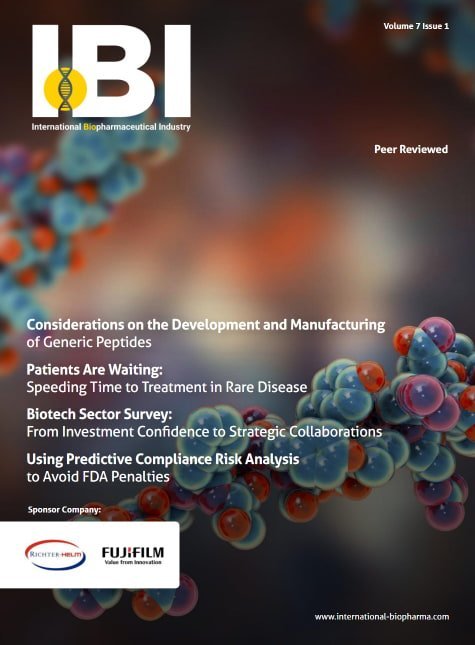Moderna on Wednesday said its COVID-19 vaccine spurred strong immune responses in a large study testing the shot in children as young as 6 months old, results that the biotech will use to seek regulatory clearance in the U.S. Yet study data showed weaker protection against infection, which, while expected versus the omicron variant, could make Moderna’s case more difficult.
In a late stage study known as KidCove, two doses of Moderna’s vaccine, spaced four weeks apart and administered to children aged 6 months to 6 years old, generated similar antibody levels to what was observed in young adults given a higher dose. That kind of response has been associated with protection against COVID-19 and a lasting defense against the disease’s more serious effects.
Moderna said there were no serious safety concerns reported in the study. The company also didn’t find any instances of heart inflammation that has been associated with its vaccine in rare cases. Side effects, such as fever, were mostly mild to moderate and more frequently observed after the second dose.
Moderna plans to submit the results to regulators in the U.S., Europe and elsewhere in the “coming weeks.” No vaccine is currently cleared for use in children under five years of age in the U.S., although the Food and Drug Administration is currently reviewing data for Pfizer and BioNTech’s shot.
Still, Moderna’s findings, which were described in a press release Wednesday, leave several questions unanswered for drug regulators. None of the infants and young children in the study developed severe COVID-19, meaning the company could not measure how well the shot might protect against the disease’s worst effects in younger age groups.
The trial also took place in the U.S. as the omicron variant, which can partially evade vaccine protection, was surging. Moderna found two shots were only about 44% protective against symptomatic COVID-19 in children between 6 months and 2 years old, and 38% protective in kids aged between 2 and 6 years — numbers below what the FDA has previously set as a minimum bar for vaccines in adults.
The FDA recently delayed its review of Pfizer’s vaccine in children under 5, reportedly because two doses weren’t working well against omicron and the regulator wanted to see the effects of a third shot. Moderna also intends to study boosters, which have provided adults with stronger protection against omicron, but filed for authorization in young children with the data it has in hand.
That could make for a tough decision for regulators. With Pfizer’s shot delayed, the roughly 19 million children under 5 remain ineligible to receive vaccines in the U.S. While kids are less likely than adults to become hospitalized or die from COVID-19, infections among young children spiked during the omicron surge, according to the American Academy of Pediatrics. COVID-19 hospitalization rates among children 4 years old or younger were five times higher during omicron’s January peak than they were during delta’s surge last summer, according to the Centers for Disease Control and Prevention.
Mild infections can also lead to longer-lasting symptoms, spark outbreaks in daycare facilities and communities and disrupt work for parents.
The FDA has been willing to authorize COVID-19 vaccines in younger age groups based on a clinical trial process known as “immunobridging,” in which the levels of immune response are compared to those in older adults. That strategy is an inexact science, as researchers still don’t know the precise levels of coronavirus antibodies needed to protect people from infections and disease. But it’s meant to broaden use of a vaccine more quickly and has worked to make shots available for adolescents.
“Given the need for a vaccine against COVID-19 in infants and young children we are working with the U.S. FDA and regulators globally to submit these data as soon as possible,” Moderna CEO Stephen Bancel said in a statement.
Fevers of over 100 degrees Fahrenheit occurred in 17% of vaccinated infants and about 15% of kids between 2 and 6, a rate that Moderna said is similar to what’s typically seen with other commonly used and recommended kids’ vaccines. Fevers higher than 104 degrees were observed in about 0.2% of each group. Pfizer, which is using a much lower dose than Moderna, reduced its dosing in infants and young children to reduce the likelihood of high fevers.
While Moderna didn’t observe any cases of heart inflammation, or myocarditis, in its study, the trial was likely too small to detect such a rare side effect. Moderna’s shot has generally been associated with higher myocarditis rates than Pfizer’s, one reason its vaccine isn’t yet authorized for adolescents in the U.S.
Moderna said in its Wednesday announcement that it has begun authorization filings for kids between 6 to 11 years old and submitted more data to the FDA in adolescents.

























